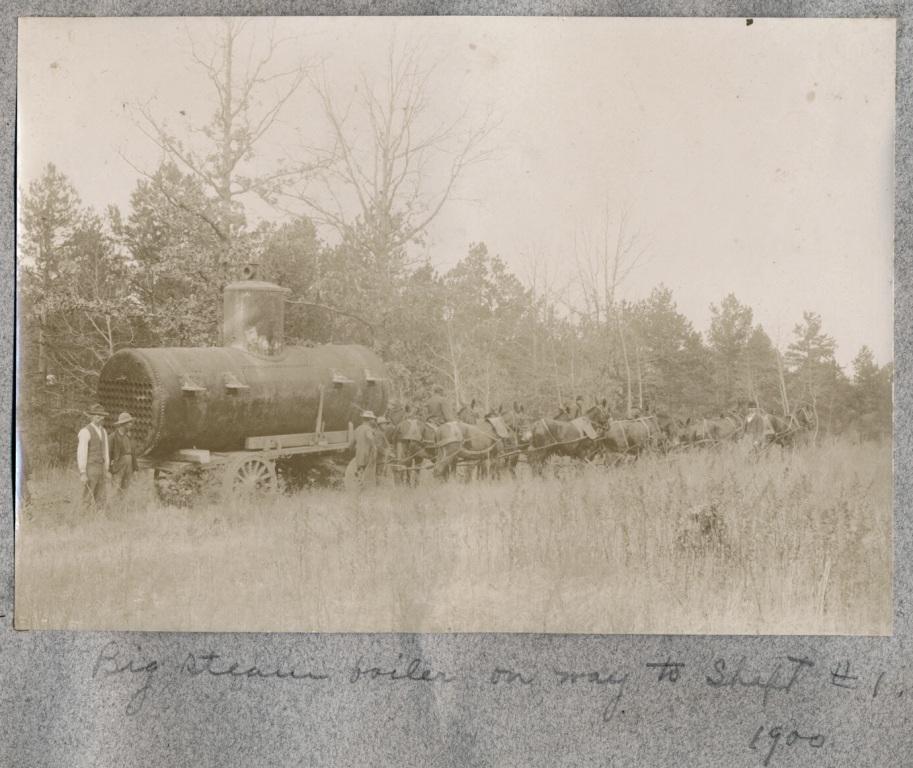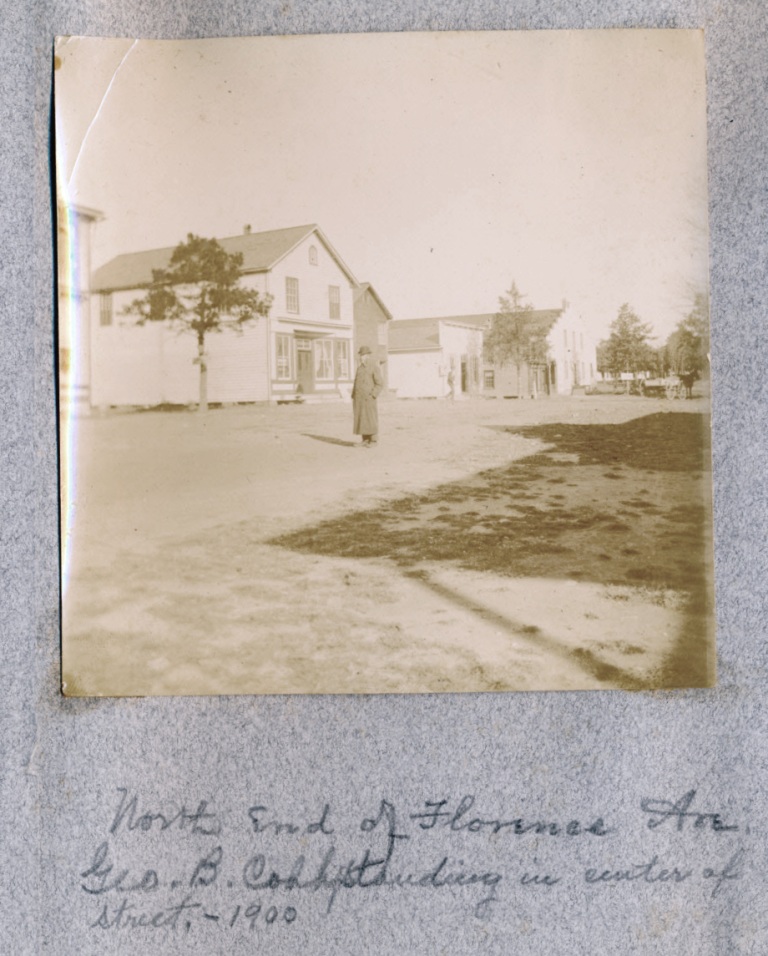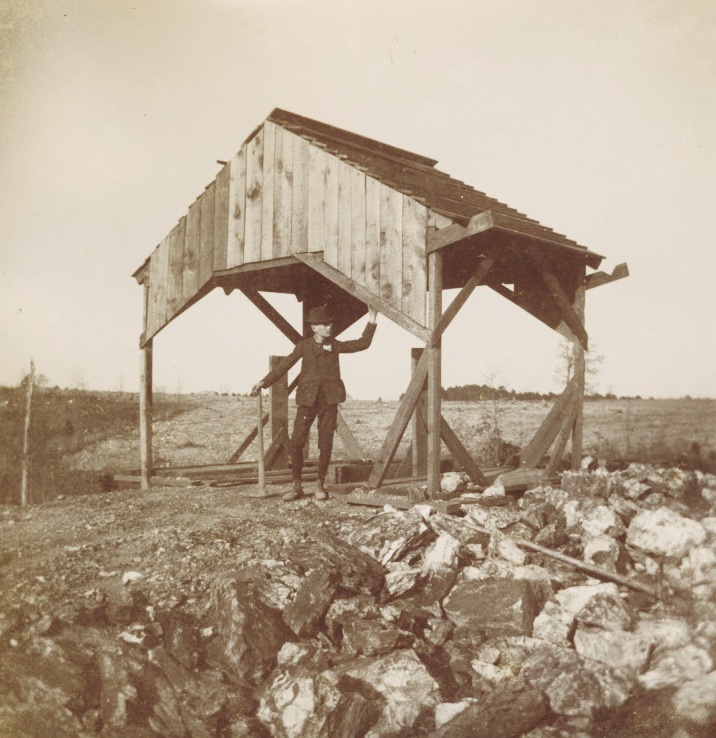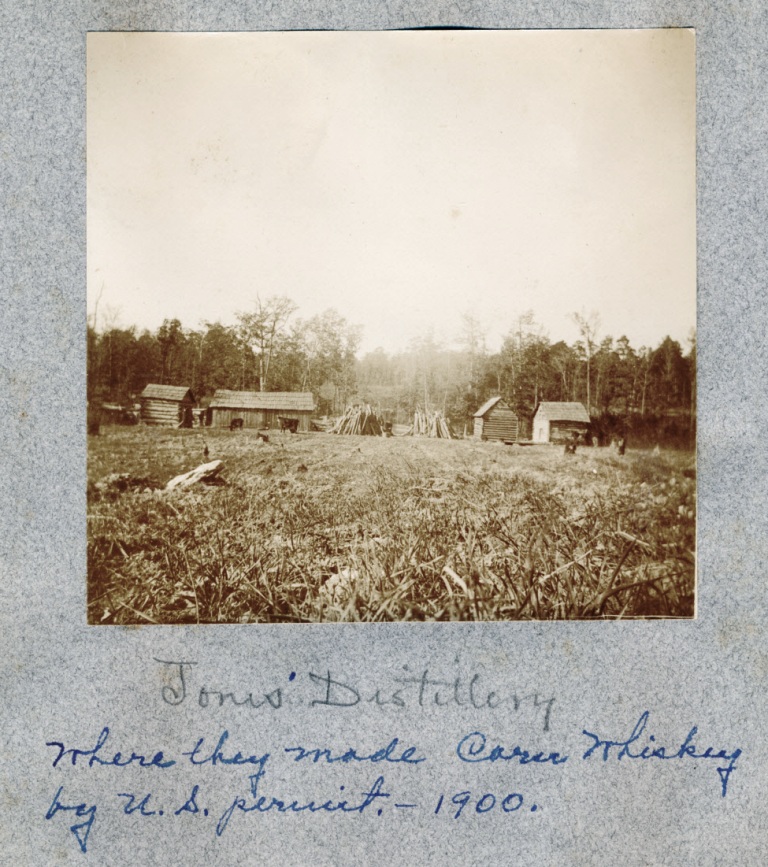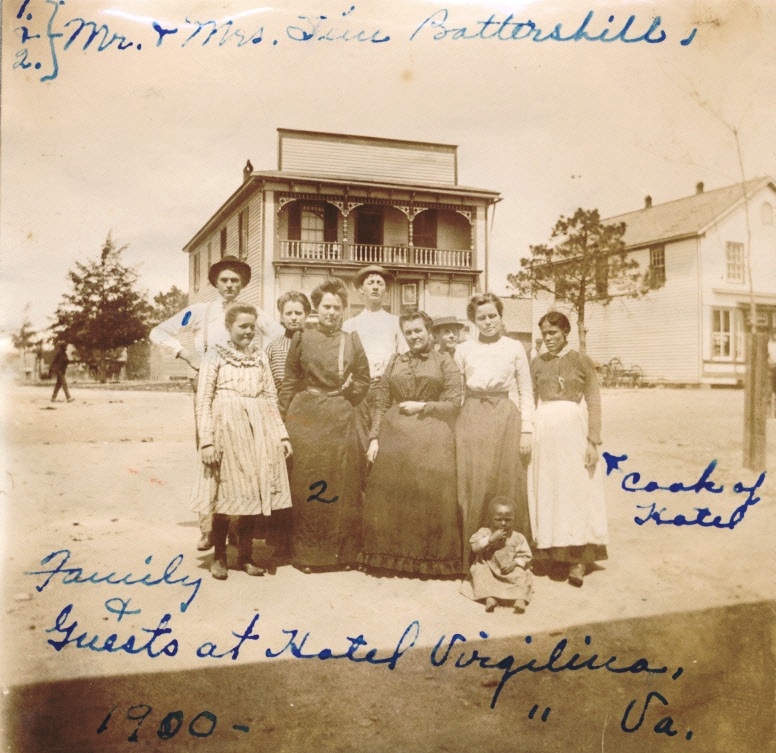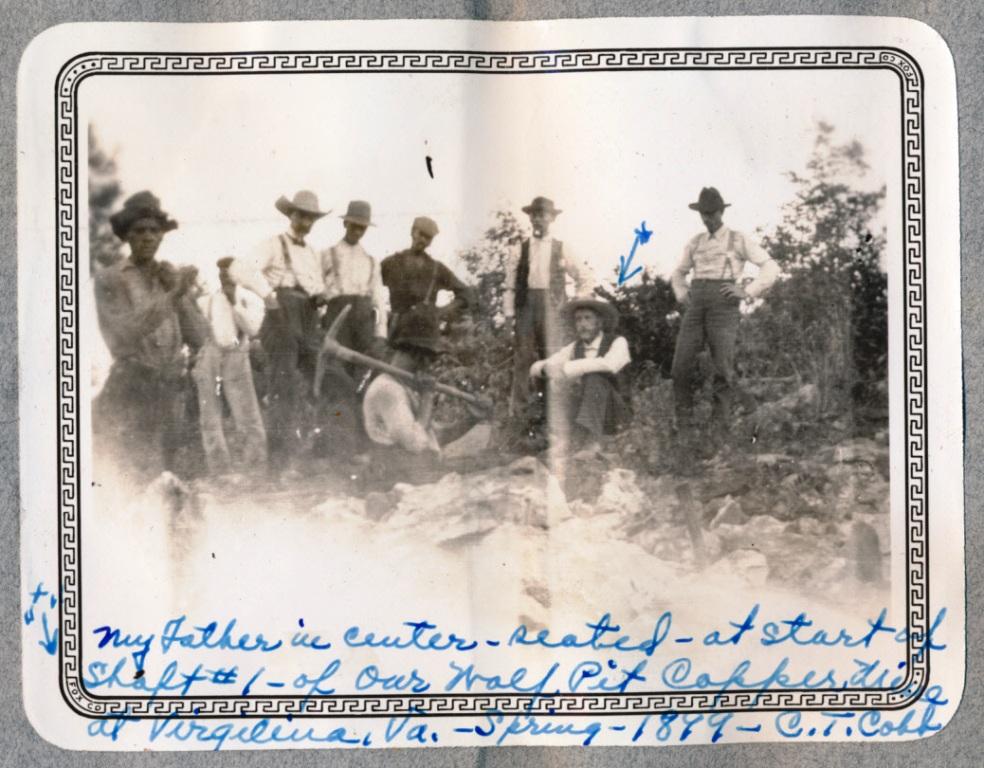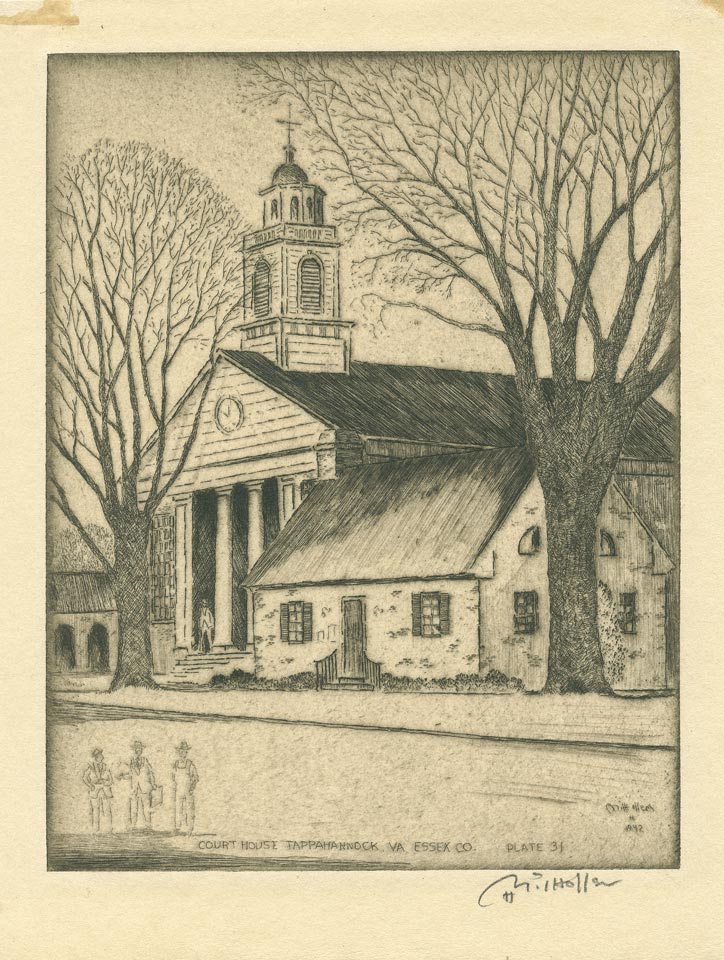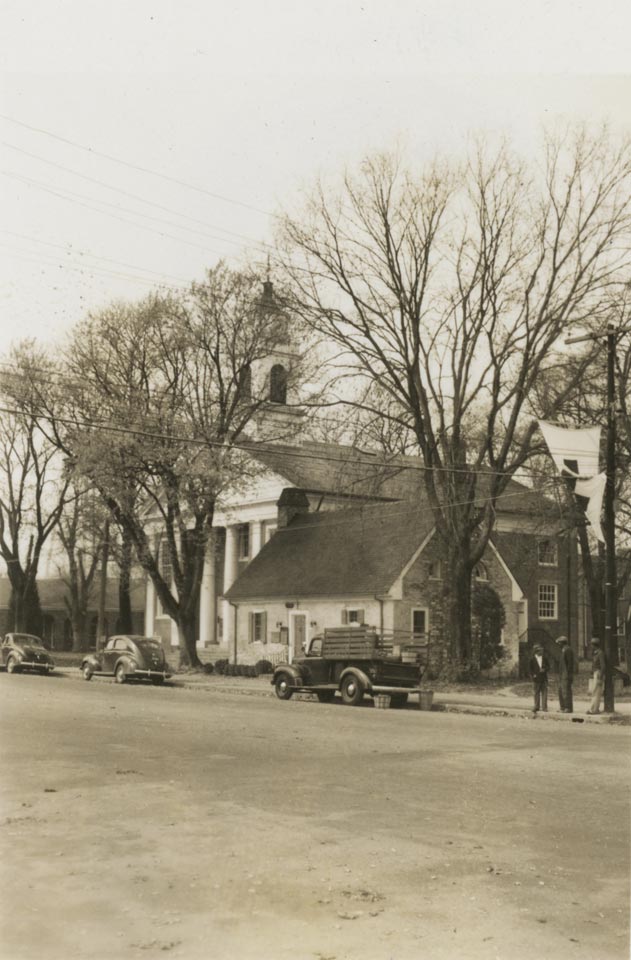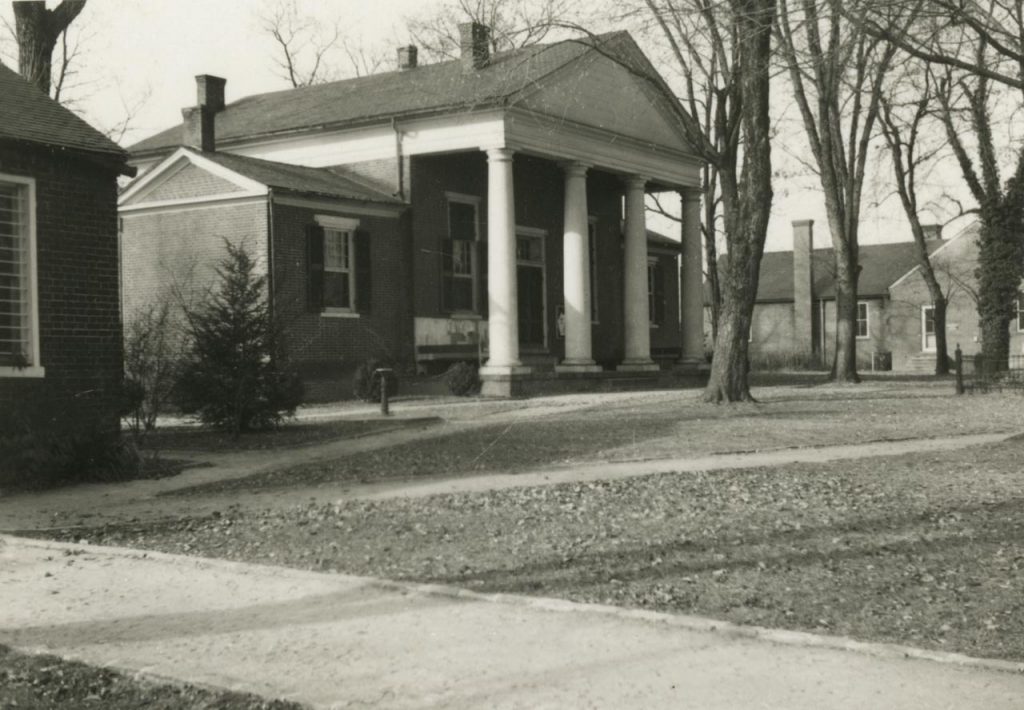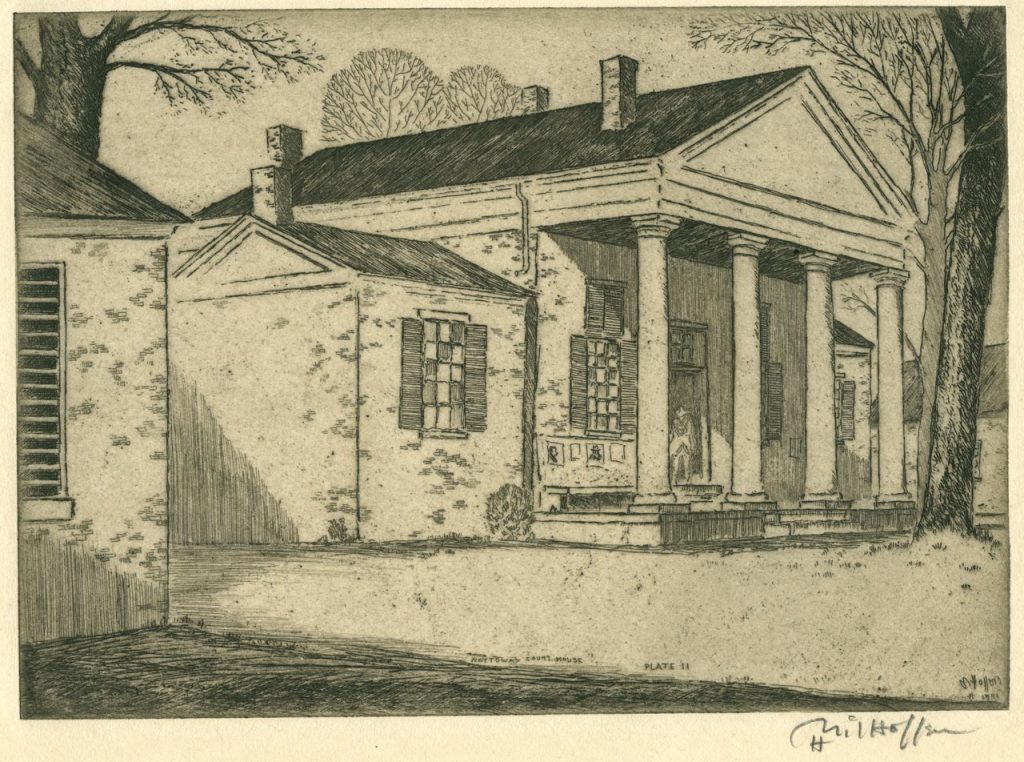MICHAEL MILEY STUDIO COLLECTION
C1:177
ca. 1870–1918, negatives 1900–1918
58 8 x 10-inch glass-plate negatives, 12 carte de visites
Michael Miley (1841–1918), probably most famous for his portraits of Robert E. Lee, was a Rockbridge County native who contributed greatly to the burgeoning field of photography. After serving under General Thomas “Stonewall” Jackson in the Civil War, Miley moved to Staunton to study photography under J. H. Burdett, where he learned to print positive images using the albumen wet-plate process. He returned to Rockbridge County a year later and joined forces with Andrew Plecker, a traveling photographer from Lynchburg, which led to his most famous photograph: Robert E. Lee with his horse Traveller at the Rockbridge Baths.
In 1866, Miley partnered with businessman John C. Boude to open a photography studio at the corner of Main and Nelson Streets in Lexington. He purchased Boude’s half of the business in 1870, named the studio the Stonewall Art Gallery, and found his niche as a portrait photographer. Miley also photographed classes and athletic teams at Washington and Lee University and the Virginia Military Institute. In 1895 his son Henry Miley joined the photography business and renamed the studio M. Miley & Son. Around this time, Miley began experimenting with carbon printing, a process that produced a permanent print in one color. The resulting experiment led to a patent on his color process in 1902, and in 1905 Michael and … Read the rest
MICHAEL MILEY STUDIO COLLECTION Read More »


